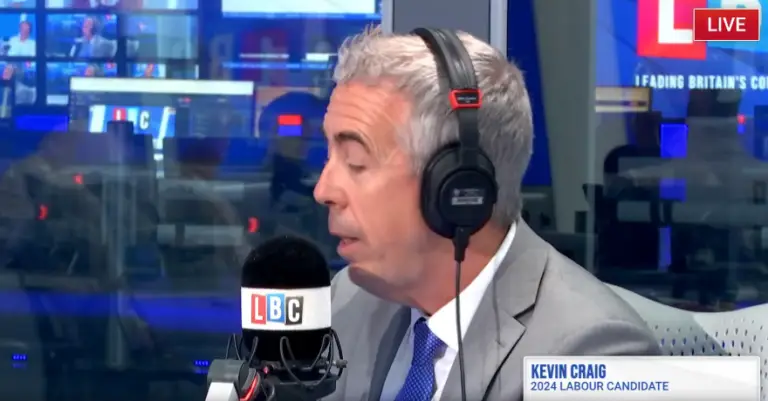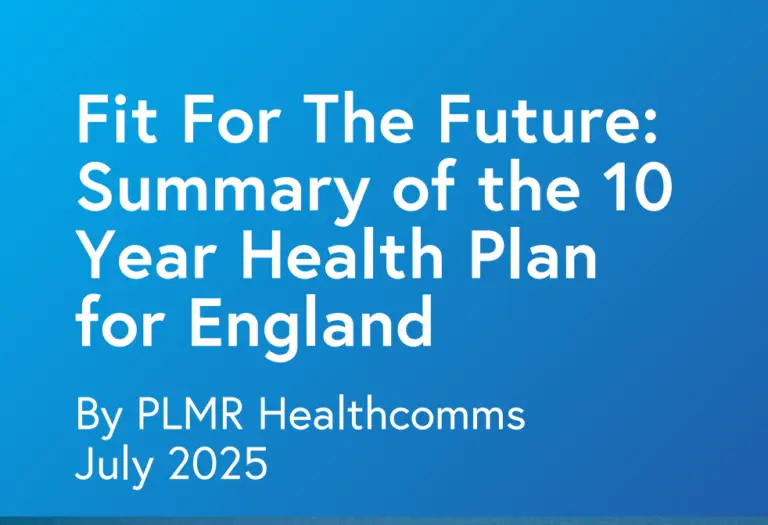Last week Taylor Swift came under fire for use of her private jet. According to a report by Yard, Swift took 170 flights in the first 200 days of this year alone, releasing 8,294 tonnes of carbon emissions. That is approximately 1000 x the average of one individual’s annual emissions and makes her the highest emitter out of all celebrities using a private jet.
She wasn’t the only celebrity in the limelight. Drake and Kylie Jenner also made headlines, following a media frenzy on the issue of celebrities, private jets and carbon emissions which sparked a number of PR responses. This blog ranks these celeb’s PR strategies as they navigated accusations about their private jet use and outlines what organisations can learn from them.
- Taylor Swift: Don’t blame me
PR response ranking: 5/10
In response to Yard’s report, Taylor’s PR responded with the statement “Taylor’s jet is loaned out regularly to other individuals. To attribute most or all of these trips to her is blatantly incorrect.”
This short but sweet response did succeed in casting doubt on Yard’s methodology – something which has since been questioned. Even better was having thousands of Taylor Swift fans repeat the same narrative on Twitter. This is actually a pretty good strategy, especially when no one had heard of Yard before – bringing into question their credibility.
But shifting blame in such a vague way weakened the response. The ‘this is just not true!’ statement would have been much stronger with evidence – I’d like to know how much Taylor has in fact loaned her plane out this year.
But what disappointed me the most was how the statement didn’t recognise or take responsibility for how much she and other celebrities contribute to c02 emissions. While this approach may be OK for a celebrity, it would go down significantly worse if a company took the same response. A genuine response outlining what Taylor is doing to reduce the emissions associated with her aircraft would have been welcome – though it is clear by this statement that probably had not be pre-prepared.
- Drake: Just hold on, don’t justify your emissions
PR response ranking: 1/10
Probably the worst response of the bunch was from Drake. Drake came under fire after his plane took a number of short flights, including a seven-minute one. Responding to criticism on Instagram, Drake wrote “This is just them moving planes to whatever airport they are being stored at for anyone who was interested in the logistics … nobody takes that flight.”
He really missed the mark with this one. That is not the point, Drake – it’s roughly the same c02 emissions whether you’re in it or not. By responding this way Drake went from part of the story to the story itself. The Guardian wrote a full article purely about his response with the line “the rapper’s explanation made his plane’s short hop flights even more of a climate disaster, critics pointed out”. This is a common PR mistake: know when you are part of the story, and don’t become the story.
- Kylie Jenner: Ignore and play the dead cat
PR response ranking: 7/10
In comparison to Drake, Kylie Jenner fully ignored the issue. Even though she was the celebrity getting the most attention as the story broke, a day later she uploaded a Tik Tok shopping in a Target – something many claim she posted to try to seem “relatable” after her private jet flex on Instagram.
What really stood out though was an online conspiracy that claimed it was in fact Kylie Jenner’s mum – Kris Jenner – who ‘leaked’ the Yard report to the press, putting Taylor Swift into the spotlight over Kylie. The conspiracy got further traction after Kloe Kardashian liked a post suggesting it was in fact Kris behind the story.
If true, this is pretty A-game comms. Using a third party to provide strong evidence that counters a spiralling narrative AND moves the story along is a classic PR tool. While Kylie appeared at first to be one of the biggest culprits of private jet use, she became not the worst – and that’s not a bad place to be.
What can we learn from Swift, Drake, and Jenner on how to respond to a crisis of this sort?
- Avoid focusing on justifying your emissions – As a polluter, it is never a good look to spend significant time justifying your emissions, especially in a media statement. You just draw more attention to the issue and risk seeming out of touch.
- Third party endorsements and data rules – Where possible, having others counter a narrative and do the leg work for you is the best route. What is more, data is the hardest to argue with, as this story shows and is best countered with other data.
- Move the story on – When a crisis happens, there is only a certain amount of time the media will spend on it – provided you don’t feed them new stories that fit the same narrative. Shutting down the story and moving to focus on different, positive, news consistently and quickly can be a valuable tool.
- Weigh up your options before you respond – There are some key questions that all these celebrities would have asked in their response. How serious are these allegations? How do we want to be perceived as responding? What approach do we take? Weigh up your options carefully – that is where companies like PLMR who specialise in this can come in.





